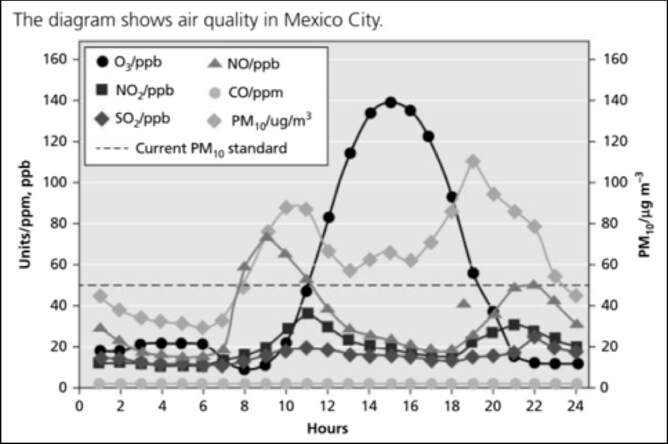Optional Theme G: Urban environments
More than 50% of the world’s population now lives in urban environments, with many living in megacities. This optional theme considers the hierarchy of cities and other urban places as sites of intense social interaction and as focal points of production, wealth generation and consumption. They exhibit diversity in patterns of wealth and deprivation, which can result in conflict. They may share common characteristics and processes irrespective of the national level of economic development.
Transport improvements have led to rapid growth and shifts in population and economic activities, producing stresses and challenges for urban planners. The theme also considers issues of sustainability, wherein cities need to be managed to minimise harmful social and environmental impacts.
Through study of this optional theme, students will develop their understanding of processes, places, power and geographical possibilities. They will additionally gain understanding of more specialised concepts including hierarchies (of settlements), systems (in relation to movements of people and the management of transport and waste flows) and sustainability.
Transport improvements have led to rapid growth and shifts in population and economic activities, producing stresses and challenges for urban planners. The theme also considers issues of sustainability, wherein cities need to be managed to minimise harmful social and environmental impacts.
Through study of this optional theme, students will develop their understanding of processes, places, power and geographical possibilities. They will additionally gain understanding of more specialised concepts including hierarchies (of settlements), systems (in relation to movements of people and the management of transport and waste flows) and sustainability.
Paper 1 Examination practice question
Source: Nagel, G and Cooke, B. (2017) Geography for The IB Diploma 2nd Ed, Oxford Press.
(a) (i) Define air pollution (1 mark)
(ii) Briefly describe daily variations in nitrogen oxide (NO) and nitrogen dioxide (NO2). (3 marks)
(iii) Outline the main sources of pollution in urban areas. (2 marks)
(b) Briefly explain two ways in which urban air pollution can be managed. (2+2 marks)
(c) Either
Examine the view that there is no single solution to urban deprivation. (10 marks)
Or
"The sustainable management of cities is an admirable goal, but ultimately unachievable." (10 marks)
Discuss the validity of this statement.
(ii) Briefly describe daily variations in nitrogen oxide (NO) and nitrogen dioxide (NO2). (3 marks)
(iii) Outline the main sources of pollution in urban areas. (2 marks)
(b) Briefly explain two ways in which urban air pollution can be managed. (2+2 marks)
(c) Either
Examine the view that there is no single solution to urban deprivation. (10 marks)
Or
"The sustainable management of cities is an admirable goal, but ultimately unachievable." (10 marks)
Discuss the validity of this statement.
